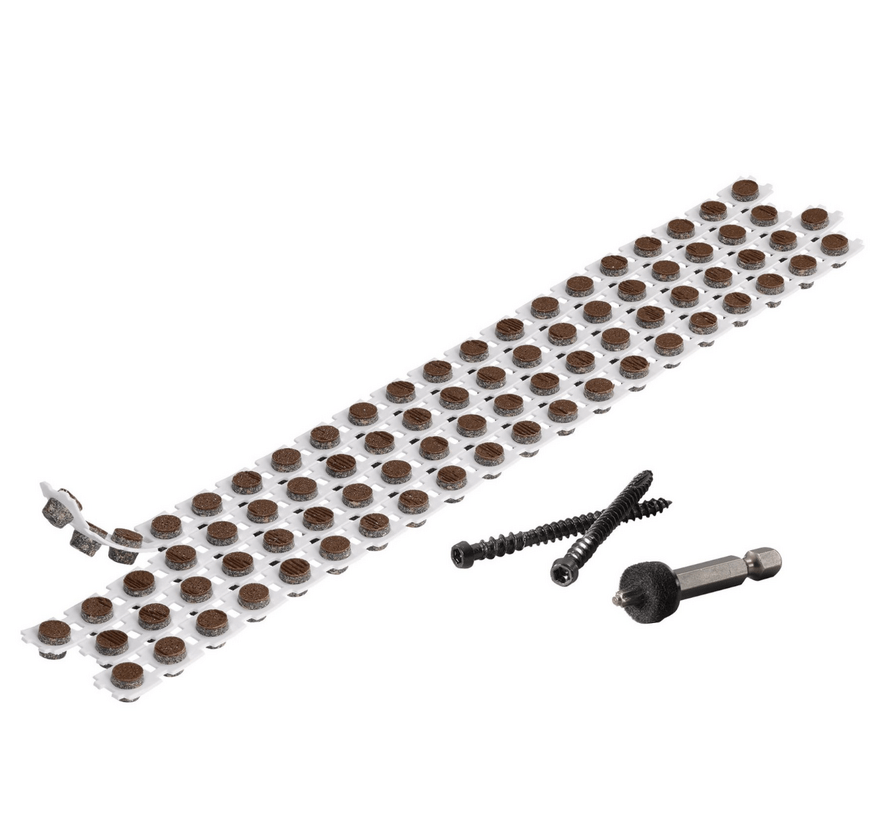A deck is more than just a home improvement project for your clients. It’s a long-term investment for their home. To maximize that investment, every detail matters, including the deck plugs chosen.
The right plugs deliver a clean, professional finish that enhances the overall look of the deck while ensuring the deck’s structural strength and longevity.
Understanding how different plugs perform, specifically Cortex plugs vs Trex plugs, will help you select the best solution for your project.
Overview of Hidden Fastener Systems
Hidden fastener systems deliver a cleaner, higher-end finish for composite and hardwood decks. Eliminating visible screws or nails protects the surface from splitting, moisture intrusion and premature wear. It also gives the deck a seamless, polished look that clients notice.
Hidden fasteners work by either using screws hidden by deck-matched plugs, which we will discuss further, or with clips that sit along the sides of the boards.
The Role of Plugs
Hidden deck plugs create a clean visual flow by allowing the decking materials to shine without the visual intrusion of nails or screws. Using material-matched plugs allows the natural beauty of the wood or composite decking to be what people notice.
Hidden plugs also protect fasteners from exposure to the elements, helping prevent rust, staining or premature board failure.
Color Matching
A precise color match is essential to ensure that fasteners visually disappear into the deck surface. It’s a small detail that really makes a big impact. Both Cortex and Trex plugs can be color matched to deck boards for a seamless finished deck.
Screw Functionality
Both Cortex plugs and Trex plugs are designed for performance, so either type of plug will deliver the hold and stability that you need. There are minor differences in coating and threading, depending on the type of screw chosen, but those differences are minor so screw functionality and durability remains equal.


